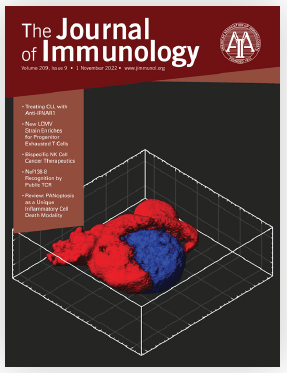 |
Research SummaryTopic: Protein family evolution and orthology inference for a particular gene family Researchers performed a variety of bioinformatic analyses to survey tumor necrosis factors (TNFs) in five cartilaginous fishes that occupy a critical phylogenetic position outside bony fish and quadrupeds. Notably, with few exceptions, sharks include orthologs of all human TNF Superfamilies (TNFSFs), suggesting sharks could be used as a model for understanding TNFSF evolution. Researchers discovered that sharks harbor more than 30 TNFSF genes, which is more than all other vertebrates, due to retention of an ancestral repertoire and lineage specific expansions.Cytokines of the TNF superfamily are important for immune function and implicated in many human diseases. Researchers discovered the cartilaginous fish immune system may be less primitive than predicted when compared with mammalian systems. |
Potential CGR Impact on ResearchThe following are examples of how CGR resources and capabilities could impact this study.NCBI Datasets: Web interfaces and command line tools would allow for rapid generation of a reference set of bony fish TNFSF sequences, as well as their rapid update as new TNFSF-family sequences are sequenced and uploaded. NCBI Datasets could also be used to produce lists of known TNFSF orthologs. EGAP: Coming soon! A publicly available version of NCBI’s existing EGAP (Eukaryotic Genome Annotation Pipeline) will allow researchers to create standardized and high-quality genome annotations and gene predictions, reducing their need to spend time integrating multiple external programs for gene prediction. CGR’s common set of tools also makes it easier to reproduce published results. BLAST® with ClusteredNR Database: Researchers could BLAST® the TNFSF query set against the new ClusteredNR database. This would make it easier to examine other cartilaginous fish sequences available at NCBI, create a gene tree across a wide variety of species, and obtain more sequences for annotating neighboring genes discovered in their synteny analyses. Ultimately, researchers would be able to efficiently focus on clusters containing relevant species and sequences through an intuitive display of taxonomic results. Similar Genes: Researchers could more deeply explore the evolution and representation of gene families across the tree of life using Similar Genes, which is a larger NCBI collection of genes related by a combination of calculated orthology and protein architectures. |